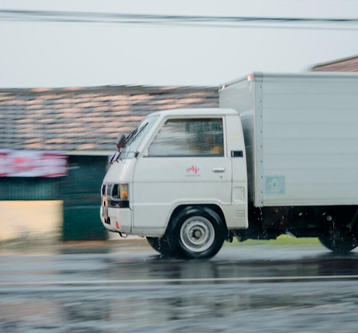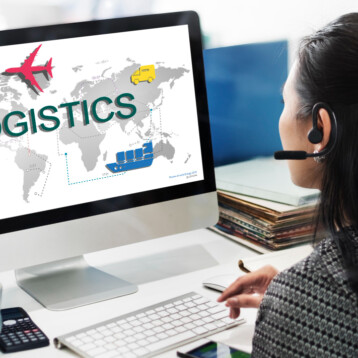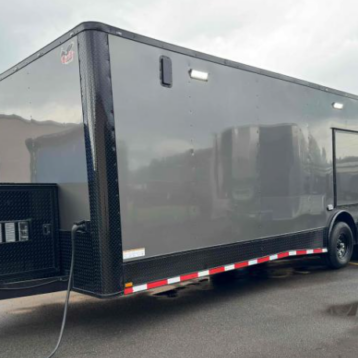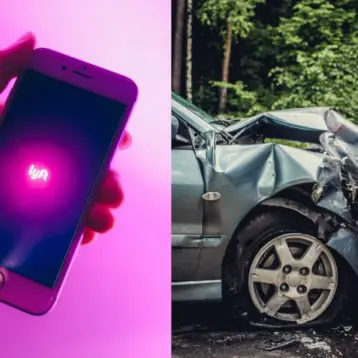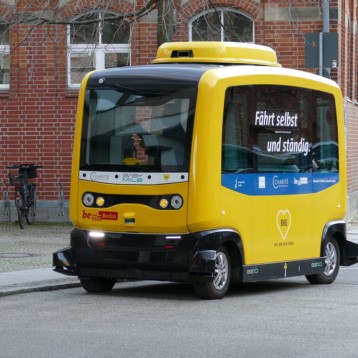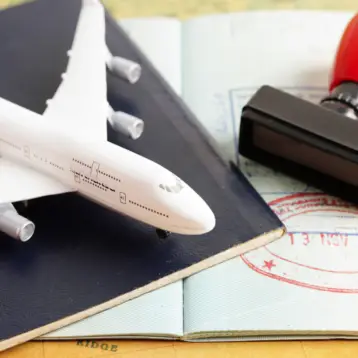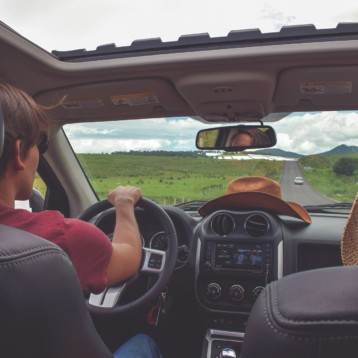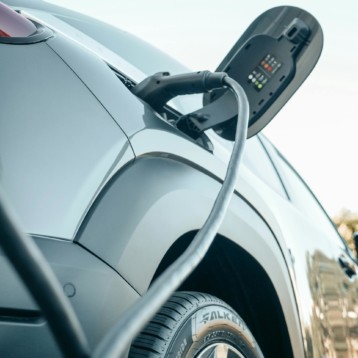Driver assistance systems are electronic guides intended to help the driver in specific circumstances. They are for the most part planned to build security and comfort. Driver assistance systems use radar, video, or ultrasonic sensors to screen the encompassing region comparable to vehicle information like speed or speed increase. In essential circumstances such systems caution the driver with a visual, acoustic, or haptic sign, give explicit assistance or mediate naturally is important to keep away from a mishap or to limit the results.
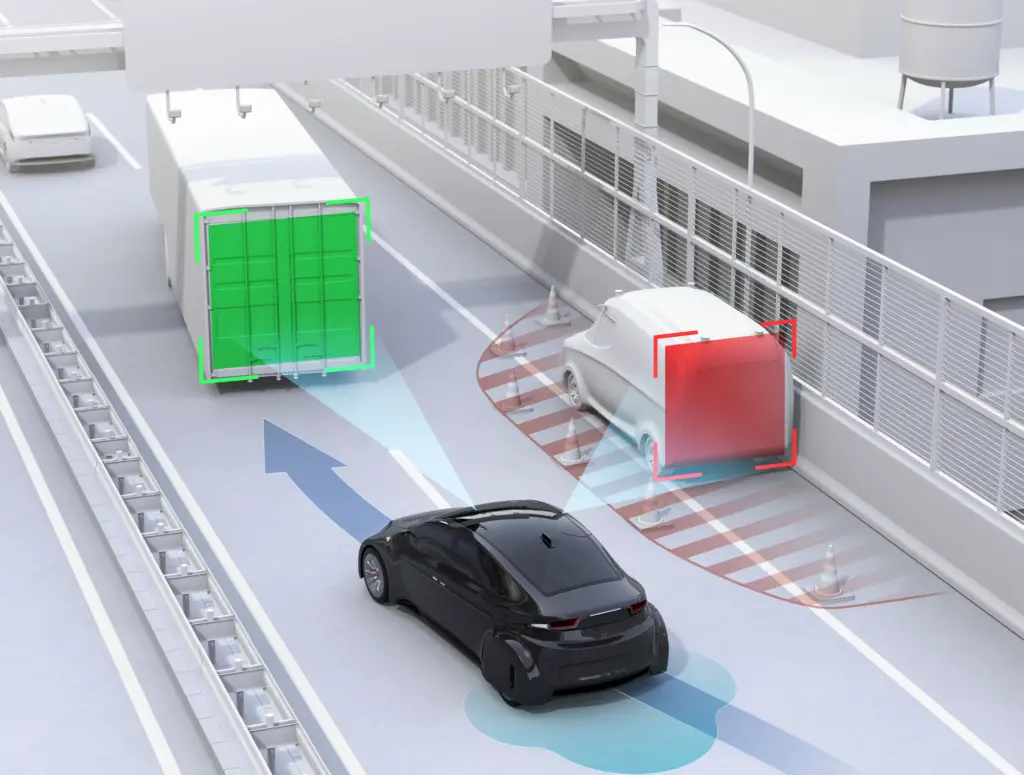
How Does Driving Assistance System Work?
Automobiles are the underpinning of the up-and-coming age of versatile associated gadgets, with fast advances being made in independent vehicles. Autonomous application solutions are divided into different chips, called systems on a chip (SoCs). These chips associate sensors to actuators through connection points and elite execution electronic controller units (ECUs).
Self-driving vehicles use different applications and advances to acquire 360-degree vision, both near (in the vehicle’s quick area) and far. That implies equipment plans are using further developed process hubs to meet ever-better execution focuses while at the same time lessening requests on power and impression.
What Are the Applications Provided by Driving Assistance System?
Huge car security upgrades before (e.g., break-safe glass, three-point safety belts, and airbags) were latent safety measures intended to limit injury during a mishap. Today, DAS systems effectively further develop safety with the assistance of inserted vision by decreasing the event of mishaps and injury to inhabitants.
The execution of cameras in the vehicle includes another artificial intelligence capability that uses sensor fusions to distinguish and deal with objects. Sensor fusion is like how the human mind process data.
Joins a lot of information with the assistance of picture recognition software, ultrasound sensors, lidar, and radar. This innovation can truly answer quicker than a human driver at any point could. It can dissect web-based video continuously, perceive what the video shows, and decide how to respond to it.
Some of the usual applications provided by the Driving Assistance System for a better driving experience;
Adaptive Cruise Control
Adaptive cruise control is especially useful on the Highway. Where drivers can find it hard to control their speed and different vehicles over an extensive period. Advanced cruise control can consequently speed up, dial back, and on occasion stop the vehicle, contingent upon the activity’s different objects in the quick region.
Automatic Parking

Automatic parking educates drivers regarding concealed regions so they know when to turn the steering wheel. Vehicles outfitted with rearview cameras have a preferable perspective on their surroundings over conventional side mirrors.
A few systems could finish parking automatically without the driver’s assistance by joining the contribution of various sensors.
Navigation System
Car navigation systems give on-screen guidelines and voice prompts to assist drivers with observing a course while focusing out and about. Some navigation systems can show definite traffic information.
And if vital, plan another course to keep away from gridlock. Advanced systems might considerably offer heads-up displays to diminish driver interruption.
Driver Monitoring System
The driver monitoring system is one more approach to estimating the driver’s consideration. The camera sensors can investigate whether the driver’s eyes are out and about or floating.
Driver monitoring systems can caution drivers with commotions, vibrations in the directing wheel, or glimmering lights. At times, the vehicle will take the drastic action of halting the vehicle.
Crosswind Adjustment
This generally new DAS highlight upholds the vehicle in neutralizing solid crosswinds. The sensors in this system can areas of strength for distinguishing following up on the vehicle while driving and applying brakes to the wheels impacted by crosswind aggravation.
Blind Spot Monitoring
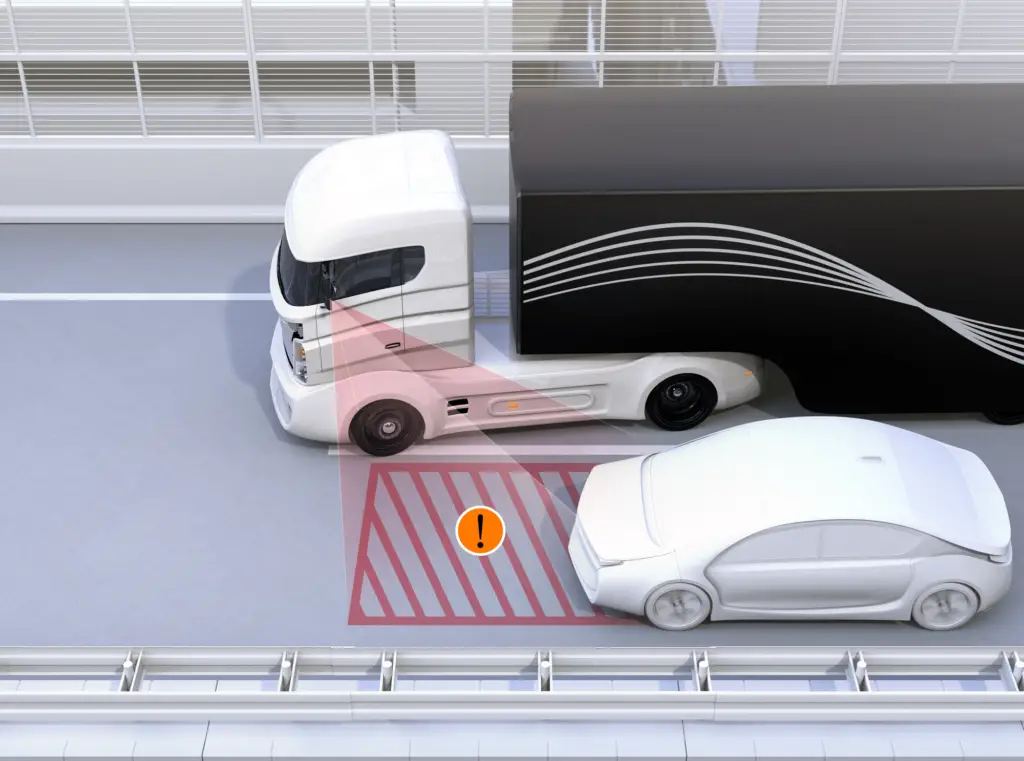
Blind Spot recognition systems use sensors to give drivers significant data that is generally troublesome or difficult to get. A few systems sound a caution when they identify an item in the driver’s concealed region, for example, when the driver attempts to move into an involved path.

